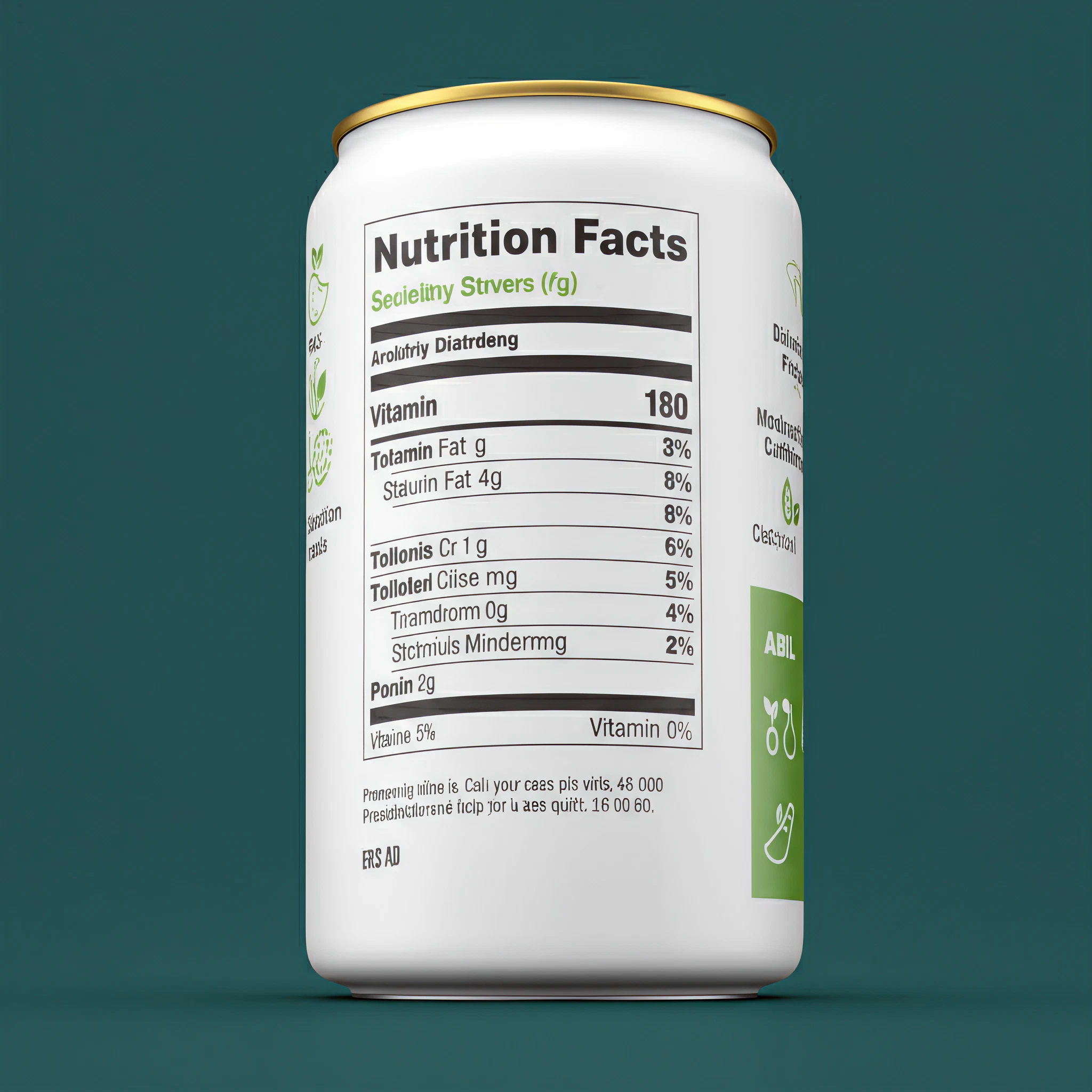Making informed decisions about the food you consume starts with understanding the details provided on a nutrition label. Whether you’re aiming to eat healthier, manage a specific health condition, or simply stay informed, food labels offer a wealth of knowledge that can guide your choices.
This guide will break down the key components of a nutrition label, explain its benefits, and provide you with practical tips for making healthier choices.
What is a Nutrition Label?
A nutrition label, commonly found on packaged foods, is a detailed breakdown of the ingredients and nutrients contained in a specific product. It provides essential information about calorie content, macronutrients (like proteins and fats), micronutrients (like vitamins), and other components such as added sugars or sodium.
The goal of a nutrition label is to promote transparency, enabling consumers to make better dietary decisions.
Why Nutrition Labels Are Important
Nutrition labels aren’t just there to fill space on a food package; they serve several important purposes, including:
- Transparency in Choices
Understand exactly what you’re consuming and avoid hidden additives or unexpected sugars.
- Improving Health
Stay in control of your fat, salt, and sugar intake to reduce the risk of health issues like heart disease, obesity, or hypertension.
- Aiding Specific Diets
Labels are crucial for those managing conditions like diabetes, food allergies, or intolerances.
How to Read a Nutrition Label
Step 1 Understand Serving Sizes
At the top of most nutrition labels, you’ll see the serving size and the number of servings per container. This information is crucial because all the nutritional data on the label corresponds to a single serving, not necessarily the entire package.
Example Image Caption\[Insert a graphic of a nutrition label with the “Serving Size” area highlighted.\]
Step 2 Check Calories
Calories indicate the amount of energy you’ll get from one serving of the food. Depending on your dietary goals, you can determine if the calorie content is appropriate for you.
Pro Tip Evaluate the calories alongside the portion size. A seemingly low-calorie product might have multiple servings per package.
Example Image Caption\[Include a highlighted image showing how calories are listed.\]
Step 3 Analyze Macronutrients
The three key macronutrients are Carbohydrates, Proteins, and Fats.
- Carbohydrates Include fiber and sugar. Aim for products high in fiber and low in added sugars.
- Proteins Essential for building muscle and maintaining overall body function.
- Fats Differentiate between “good fats” (unsaturated fats) and harmful trans or saturated fats.
Example Table Breakdown
Nutrient | What to Look For
Carbohydrates | High fiber, low added sugar
Proteins | Includes 10 grams per serving or more
Fats | Less than 10% saturated fats per serving
Step 4 Limit Certain Ingredients
Pay close attention to sodium, added sugar, and saturated fat. These ingredients should generally be consumed in moderation as excessive intake can lead to chronic health problems.
Benefits of Using Nutrition Labels for Healthy Eating
- Supports Weight Management
Tracking calories and macronutrients is simplified with the help of labels.
- Helps Compare Products
Side-by-side comparisons of similar products empower you to choose the healthier option quickly.
- Encourages Mindful Eating
Reading a label encourages better awareness of your dietary habits.
Use Nutrition Labels in Your Daily Life
Making use of nutrition labels doesn’t have to be complicated. Follow these tips to get started:
- Plan Ahead Before shopping, research products’ nutritional content online to save time.
- Prioritize Fresh Foods Whole foods like fruits and vegetables come without labels because they’re naturally wholesome.
- Track Progress Use nutrition labels alongside tools like food diaries or apps to track your dietary intake regularly.
For a more comprehensive guide to healthy eating, visit trusted sources like Nutrition.gov.
Start Making Smarter Food Choices Today
Nutrition labels are your best ally in understanding what’s on your plate. With a little practice, you can decode these labels quickly and use them to elevate your eating habits.
Want to become an expert in balanced eating? Explore helpful resources and more tips on Nutrition.gov and begin your health transformation.








